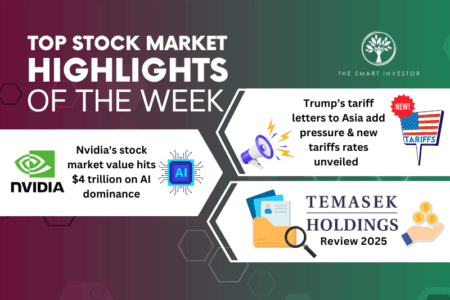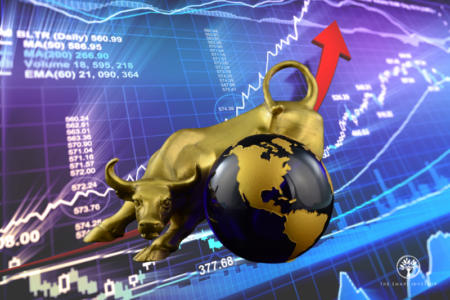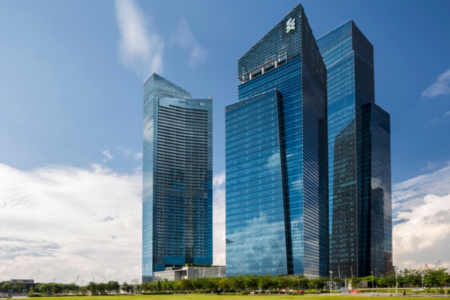Tesla (NASDAQ: TSLA) has staged a remarkable comeback.
Just three months ago, the electric vehicle giant was languishing at its 52-week low of US$138.80, drowned by a series of negative news.
Share prices have since soared by 56% to around US$$216 as of 25 July 2024.
To put that into context, Tesla’s market capitalisation has surged by close to US$242 billion in the period.
Tesla even briefly surpassed its 2023 closing price of US$248.48, helping to inject a much-needed dose of optimism among investors.
With Tesla’s share price gaining momentum, should investors take another look at the world’s largest automobile company?
Earnings woes
One main reason for Tesla’s slump in the first half of 2024 was its underwhelming financial performance.
For the first half of 2024 (1H 2024), Tesla announced a lacklustre set of earnings.
Total revenue dropped by 3.0% year on year, from US$48.3 billion to US$46.8 billion.
Most importantly, revenue from its automotive segment fell by 9.6% year on year to US$37.3 billion.
Investors were particularly alarmed by Tesla’s bottom line.
Net profit plummeted from US$5.2 billion to US$2.6 billion, a steep 50% year on year decline.
Additionally, Tesla generated a negative free cash flow of US$1.2 billion for 1H 2024, compared to a positive free cash flow of US$1.4 billion for 1H 2023.
In the first quarter of 2024 (1Q 2024), negative free cash flow stemmed from increasing inventory levels which impacted working capital as demand for Tesla’s electric vehicles slowed.
The second quarter of 2024 (2Q 2024) was more positive, with Tesla generating a positive free cash flow of US$1.3 billion, driven by an inventory decrease.
Apart from declining earnings, investors were also worried about the demand for Tesla’s vehicles.
In 1Q 2024, Tesla delivered approximately 387,000 vehicles, down 55,000 from the previous year’s 442,000.
Another worrisome observation is Tesla’s shrinking margins.
During 1H 2024, the company implemented several price cuts in an effort to compete with more affordable Chinese alternatives.
Source: Tesla’s Investors Relations
Accompanied by increased operating expenses, Tesla’s operating margins fell by 4.6 percentage points year on year to 5.9% in 1H 2024.
Apart from weak financial performance, other events have dragged the company further down.
Tesla was entangled in an ongoing legal predicament concerning Elon Musk’s 2018 compensation packages, raising concerns about the possibility of Musk leaving the company.
There was also a brief fiasco regarding Elon Musk’s unexpected decision to layoff Tesla’s supercharger teams, a key part of the company’s business.
These negative events created a pessimistic outlook for the company, resulting in the nosedive in share prices up till April 2024.
Tesla’s road to recovery
However, investors breathed a huge sigh of relief when Tesla announced its deliveries 2Q 2024.
In 2Q 2024, Tesla announced a strong delivery result with 443,956 vehicles shipped.
While this represents a slight 4.8% year on year decrease, it exceeded analysts’ expectations from FactSet (NYSE: FDS), who had anticipated 439,000 deliveries.
This positive news alone propelled the automobile maker’s share price up by over 10%.
Despite delivery numbers exceeding expectations, Tesla’s automotive revenue fell for Q2 2024 by 6.5% year on year, suggesting that price cuts remain a major roadblock.
Additionally, the electric vehicle giant made significant strides in its full self-driving (FSD) business.
The company recently introduced an FSD subscription model for US$99 a month, aiming to secure a steady stream of revenue and operating cash flow.
Investors were further encouraged when Tesla received approval to test advanced FSD capabilities in Shanghai this June, signalling the potential expansion of this service to another major market.
Other major announcements also contributed to increasingly bullish sentiment.
Firstly, Tesla will be unveiling its “Robotaxi” services soon.
Robotaxi will be Tesla’s autonomous ride-hailing service with an in-built app, leveraging Tesla’s advancement in FSD technology.
Additionally, the electric vehicle manufacturer is in the process of developing more affordable models, which should start production in the second half of 2025.
These affordable models are expected to be popular in the Chinese and European markets.
Tesla’s energy business has also shown impressive growth, nearly doubling year on year for 2Q 2024 to US$3 billion, as the company continues to diversify its overall business segments.
Is Tesla a buy now?
With optimism making a comeback, investors might see Tesla as an attractive investment option.
While Tesla has staged a remarkable recovery, it is important to note that the share price of Tesla is still down 13.6% year to date (YTD).
In the meantime, both major indices such as the NASDAQ Composite Index (^IXIC) and the S&P 500 (^SPX) have risen by 16.6% and 14.4% respectively.
Currently trading at a price to earnings (P/E) ratio of 60.7x, Tesla’s valuation is slightly lower compared with its 10-year P/E ratio of 70x.
Source: TIKR
However, if Tesla can deliver on its upcoming promises, this valuation may decline further, making its shares look even cheaper on a forward P/E ratio basis.
With the release of Tesla’s recent 2Q 2024 earnings, investors can digest Tesla’s latest financial performances before making their final assessment.
It’s important for investors to consider Tesla’s merits along with its risks when evaluating if the electric vehicle manufacturer qualifies as a good investment.
Attention Growth Investors: Our latest report, “The Rise of Titans,” gives you a front-row seat on the 7 most influential US stocks today. If you’re passionate about tech and growth, you can’t go wrong with our research. Downloading this FREE report could be the most strategic move you make this year. Click here to get started now.
Follow us on Facebook and Telegram for the latest investing news and analyses!
Disclosure: Aw Kai Rui does not own any of the stocks mentioned in this article.





